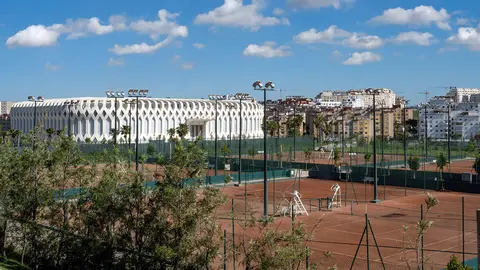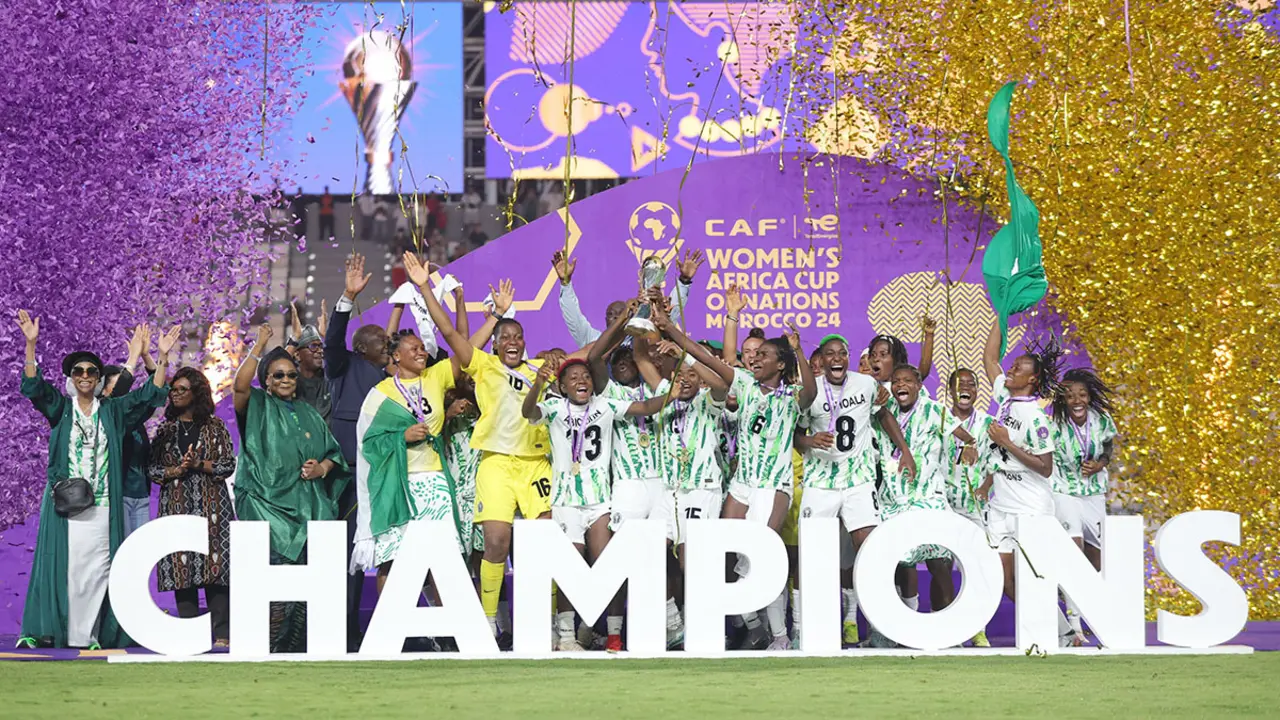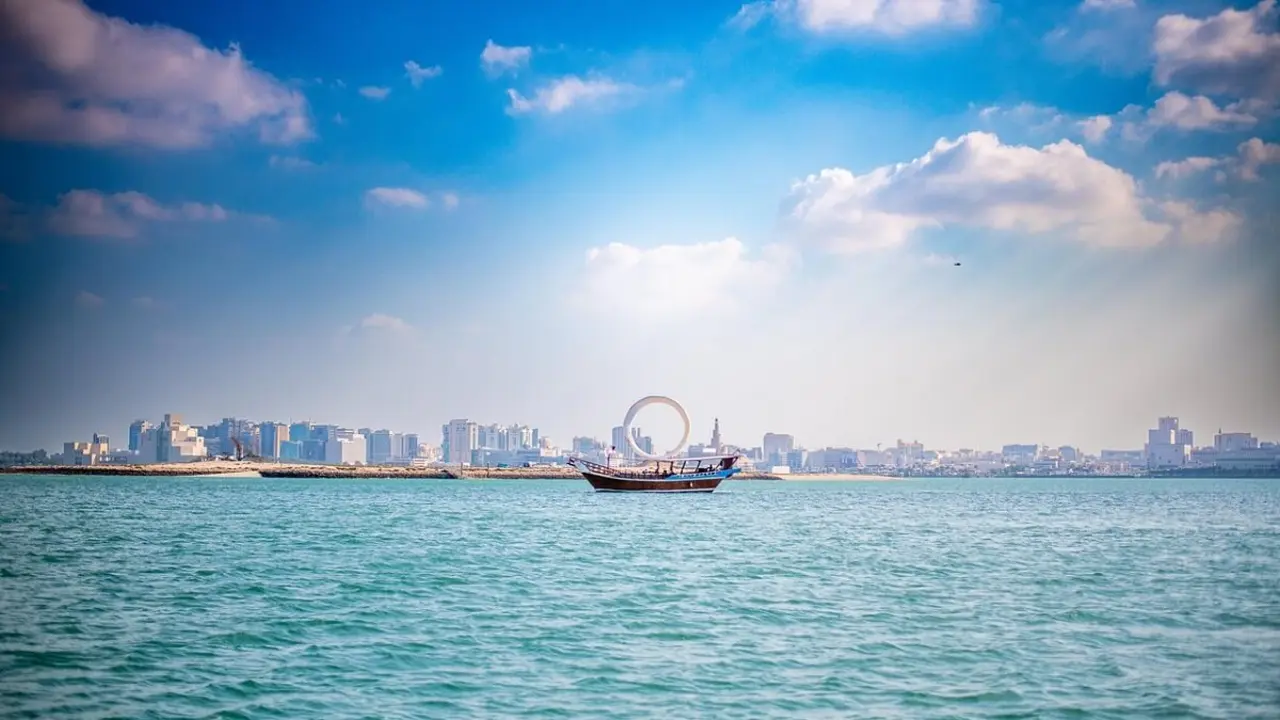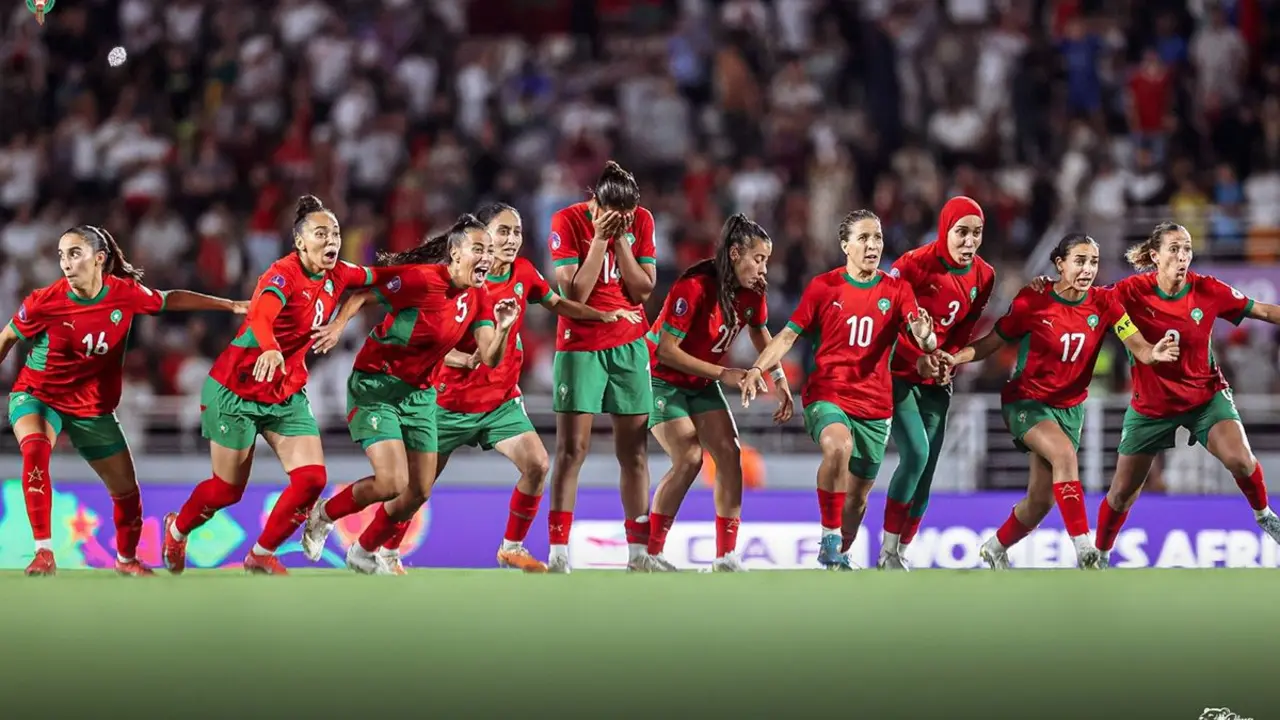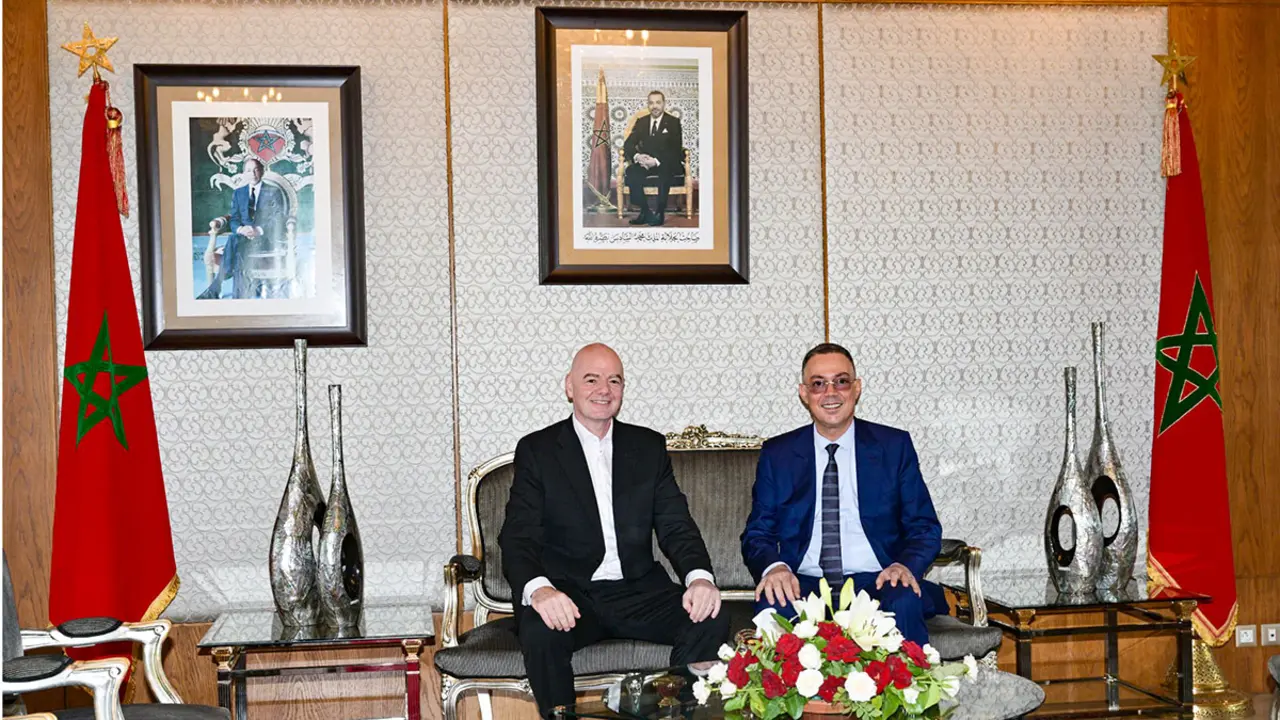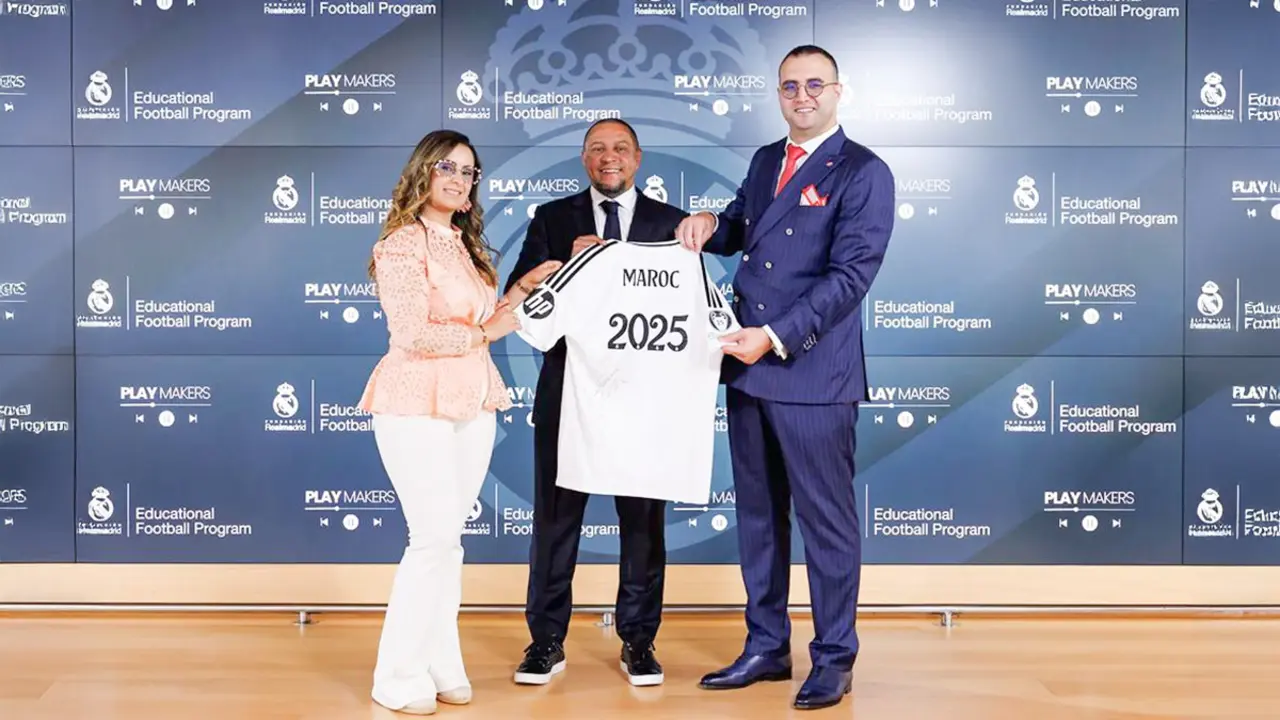Morocco prepares its sports infrastructure for the 2025 Africa Cup of Nations and the 2030 World Cup
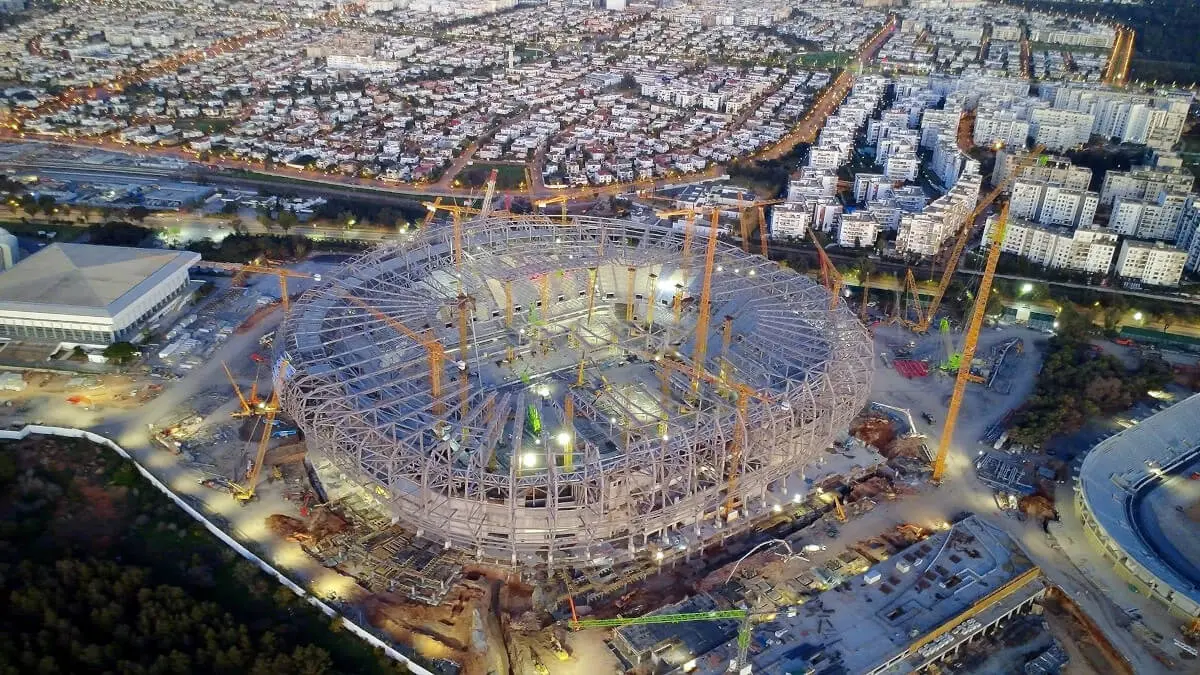
- The five pillars of stadium profitability
- Stadium reconstruction projects
- ANEP is committed to smart stadiums
On 9 and 10 April, the Moroccan capital, Rabat, hosted the World Football Summit, during which the National Agency for Public Facilities (ANEP) assessed the progress of work on the stadiums that will host the next Africa Cup of Nations (ACN) which starts in December and the 2030 World Cup, to be held jointly with Spain and Portugal.
‘Before building the stadiums, we have to think about their profitability,’ ‘Before building the stadiums, we have to think about their profitability,’ emphasised Zineb Benmousa, the director general of ANEP, during her speech at the first session of the Summit, held at the UM6P in Rabat. Benmousa clarified that ‘sports facilities should not be built just to host international competitions, but rather they should be multipurpose infrastructures integrated into their own economic and social environment’.

The five pillars of stadium profitability
Based on the accumulated experience and lessons learned from previous editions of major competitions, Benmoussa emphasised that ‘the profitability of a stadium revolves around five main pillars that must be considered from the conception phase of each stadium’.
These five pillars are:
- The stadium as a multifunctional space: planned from the design stage with its accesses, VIP areas and hospitality spaces, in order to avoid subsequent modifications that are very costly, as stadiums are giant structures that require major works.
- Build stadiums in areas with strong economic development potential: the aim is to maximise their impact on the local ecosystem and avoid the creation of isolated or underused infrastructures.
- The implementation of public-private partnerships to guarantee the profitability of the stadiums and ensure their long-term maintenance and management.
- Advocate an inclusive pricing policy that guarantees public access to the different services and spaces in the stadiums.
- Transform these sports facilities into a dynamic and useful hub in everyday life as spaces of high value in terms of commerce, hobbies, culture and services...

Stadium reconstruction projects
Following the logic of the permanent profitability of stadiums, ANEP has promoted the complete reconstruction of the Moulay Abdellah sports complex in Rabat and the future Hassan II stadium in Benslimane, with a view to having intelligent and connected sports infrastructures.
The same approach was adopted by the agency for the stadiums in Marrakech, Agadir and Fez, where the projects are planned in two phases: a version for the 2025 Africa Cup of Nations, followed by an adaptation to the standards of the 2030 World Cup.
This philosophy also guides the renovation operations that have already been carried out, as is the case of the Mohamed V complex in Casablanca, which will reopen its doors on 12 April, after long months of work, on the occasion of the derby between Raja and Wydad.
During the recent World Football Summit, the director general of ANEP also commented on the progress of the programme to improve the stadiums to host the Africa Cup of Nations in December this year and the World Cup in 2030. These are three categories of projects identified by the agency:
- The total reconstruction of the Moulay Abdellah complex in Rabat and the Hassan II stadium in Benslimane.
- The improvement of the stadiums in Fez, Marrakech and Agadir, modernised for the CAN 2025 and then adapted for the 2030 World Cup.
- The modernisation of the Mohamed V complex in Casablanca and the large stadium in Tangier, already adapted for the two competitions.
According to the director general of the National Public Facilities Agency, the stadiums are in the final phase of construction and work is progressing at a steady pace in order to meet the deadlines set for the 2025 Africa Cup of Nations.
The Hassan II stadium in Benslimane is about to enter a new decisive phase: the main work and the placement of the structure, while the earthworks are coming to an end.
For their part, the stadiums in Fez, Marrakech and Agadir have reached a more advanced stage: technical acceptance. These infrastructures will soon be operational to host the CAN matches.
As for the sports complexes in Rabat and Tangier, the completion works are on schedule. These two stadiums are part of the projects that are fully aligned with FIFA's strict specifications for the 2030 World Cup, which imposes high-level requirements in terms of equipment, safety, accessibility and connectivity.
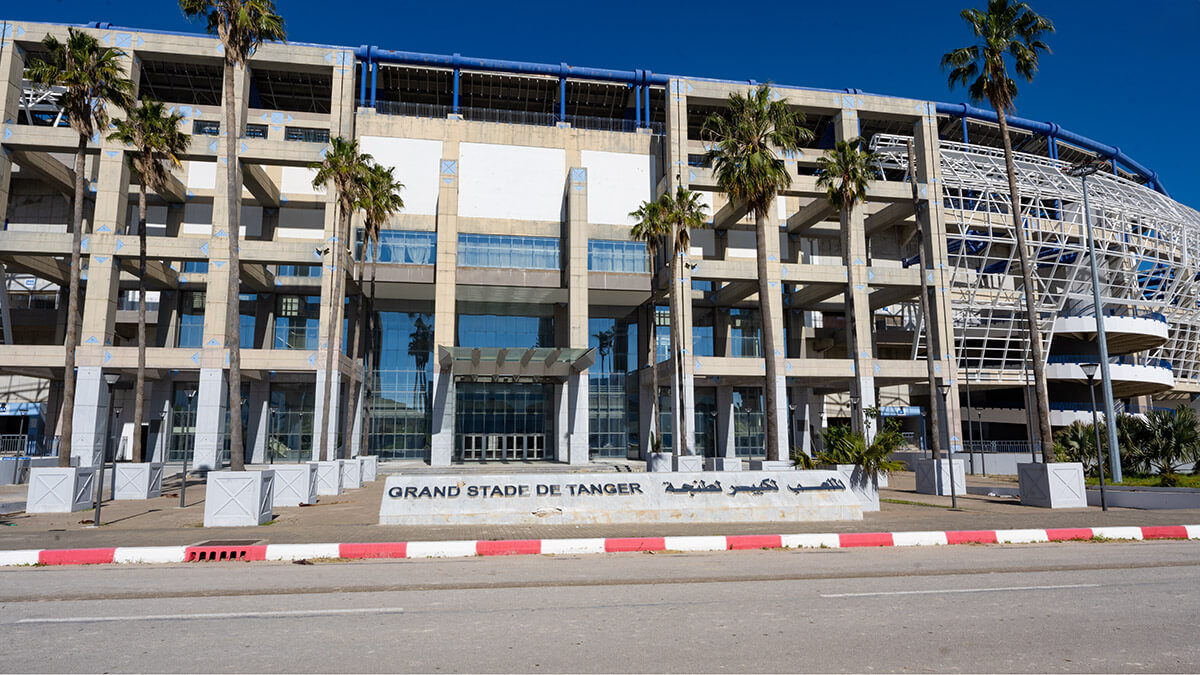
ANEP is committed to smart stadiums
The stadiums that Morocco is preparing for the 2025 Africa Cup of Nations and the 2030 World Cup are smart stadiums, in which all the technologies have been taken into consideration, for sound, seating, Wi-Fi, lighting, sound systems and conference rooms with high technological value.
The great Hassan II stadium in Benslimane, which will be the main Moroccan venue for the 2030 World Cup, will incorporate the latest innovations on a global scale.
The work will not stop after the Africa Cup of Nations but, according to a statement by Zineb Benmoussa, the studies relating to FIFA standards for the 2030 World Cup will now be applied to the other stadiums that will host the event. The modernisation and improvement work will begin as soon as the 2025 Africa Cup of Nations is over.
The experience that Morocco is acquiring with the development of these sports infrastructures is not going to remain within its borders. The Royal Moroccan Football Federation (FMRF) plans to collaborate on projects to modernise and improve sports facilities in other African countries.
Some examples of the agency's successful work on the African continent include the installation of synthetic turf in 17 countries; the laying of natural turf on football pitches in Burkina Faso and Mauritania; and the construction of stands in Burundi and São Tomé.
It is worth remembering that the agency has carried out more than 6,000 public installation projects since 1980; it has managed more than 4,700 construction, refurbishment and extension projects, with a budget of more than 53 billion dirhams in 2023.

